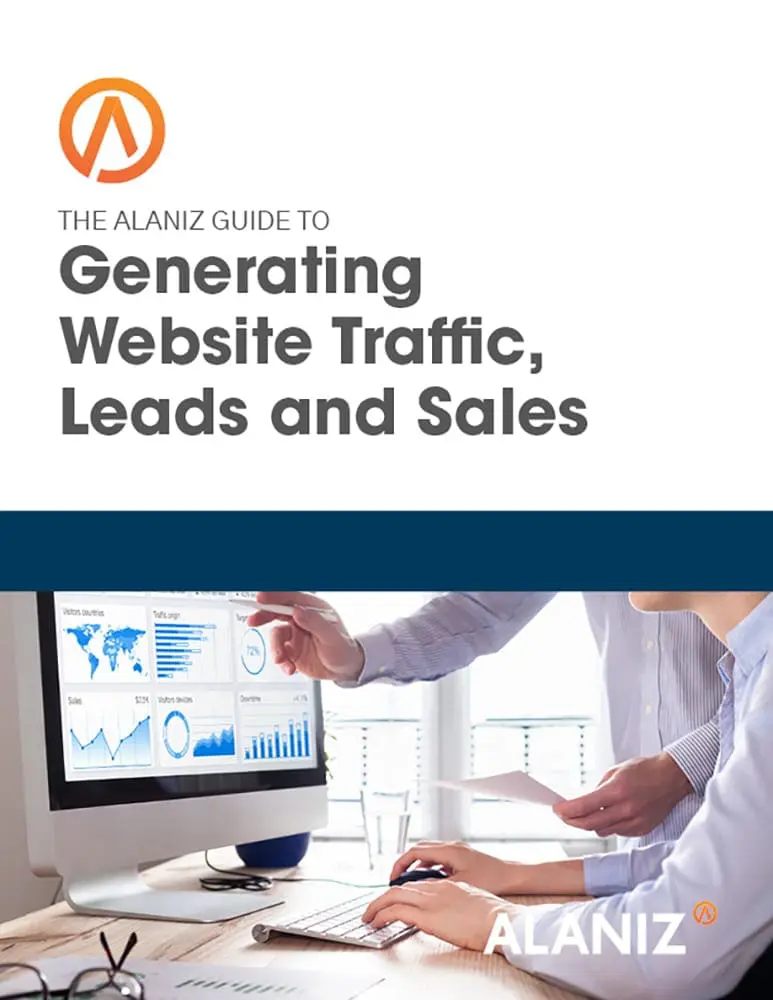This blog post is part of “The Ultimate Guide to Web Development” blog series.
SEO, or Search Engine Optimization, is the art of getting found by people looking for your kind of product or service. CRO, or Conversion Rate Optimization, is the art of getting the people that find you to convert from visitors to leads, and from leads to customers.
Sales and motivational guru Zig Ziglar said that there are only four reasons why people won’t buy from you: no need, no money, not in a hurry, no trust.
When it comes to online buying, trust takes on different dimensions, especially if you are not a giant brand–tales of everything from stolen identity, to counterfeit goods, to poor service give us all good reason to be cautious before making an online purchase.
Because CRO is the name of the game when it comes to e-commerce websites, studies have found some surprising CRO best practices that improve conversion rates by building trust with visitors to your website.
- Flaunt your security. A study by security ConversionIQ found that e-commerce sites with visible security badges (MacAfee Secure, etc) had 3-12 percent better conversion rates than sites without visible security identification. MonetizePros reports that, “Of consumers who dropped out of a purchase, 17 percent mentioned “concerns about payment security” as a reason.”
- Show that you’re real. A Kissmetrics study found that websites with phone numbers on every page enjoy about an 8 percent better conversion rate than pages without phone numbers. It is also important to list a physical address. Photos of offices and company leaders can also help reassure customers.
- Offer free shipping. No one wants to pay for shipping. That doesn’t mean they won’t, it just means that at the very least you should bundle shipping into your pricing and call it free. Outerbox says, “Research shows that 93 percent of online shoppers say free shipping would encourage them to buy.” The North American Technographics Retail Online Benchmark Recontact survey found that 44 percent of online shoppers abandoned their online purchases in the shopping cart because shipping and handling costs were “just too high.”
- Be easy to work with. Consumers expect minimum friction when purchasing goods, and get nervous if it starts to get difficult. Jared Spool talks about his “$300 million button.” By removing a registration requirement from the checkout process of his website, “The number of customers purchasing went up by 45 percent. The extra purchases resulted in an extra $15 million the first month. For the first year, the site saw an additional $300,000,000.”
- Communicate value. The more expensive a product is, the more consumers will expect a description of the product’s value as opposed to features. Online sales guru Russ Ruffino talks about why he was willing to spend $1,400 on an office chair. “Spending $1,400 on an office chair is insane. Spending $1,400 to relieve your neck and back pain forever is a NO-BRAINER.” When you can demonstrate the value of what you’re selling in terms that the customer cares about, they are more likely to trust you.
Making purchases online can still seem risky to people. After all, most of the time your customers have a lot of choices as to what company they will purchase from. What will make them choose you? Having these basic trust-building elements at work on your e-commerce site will make it more likely you’ll turn those visitors into checkouts.
This blog post is part of “The Ultimate Guide to Web Development” blog series.




